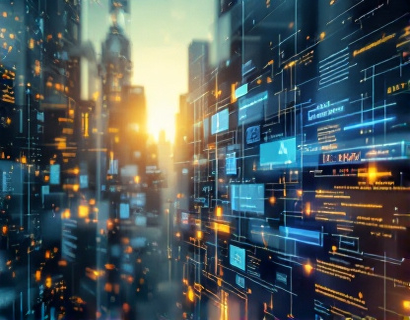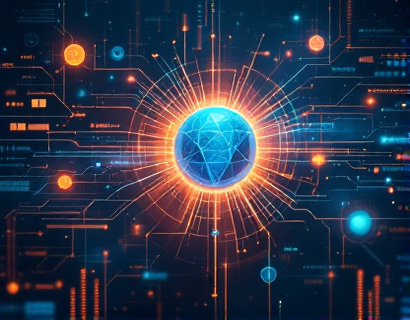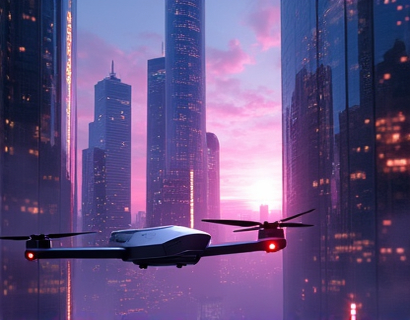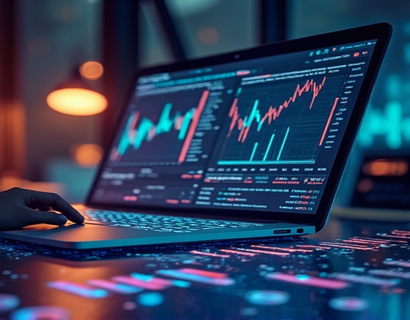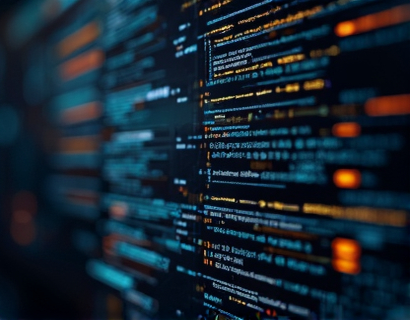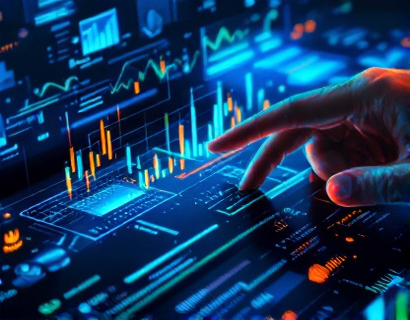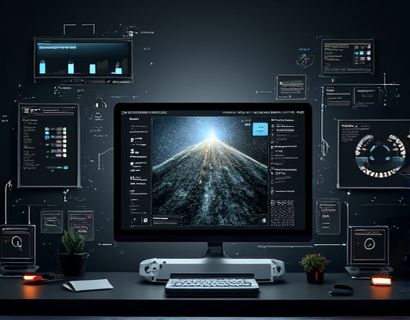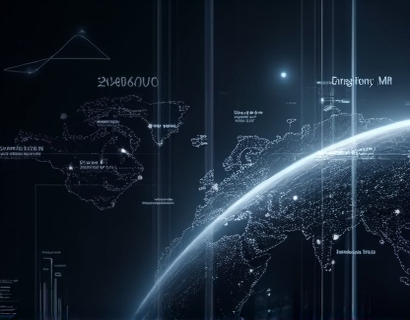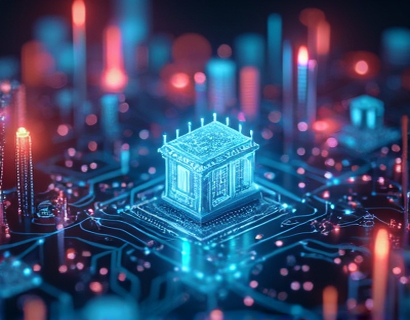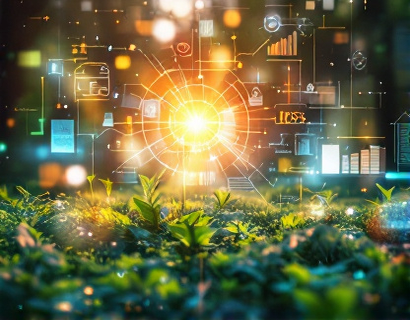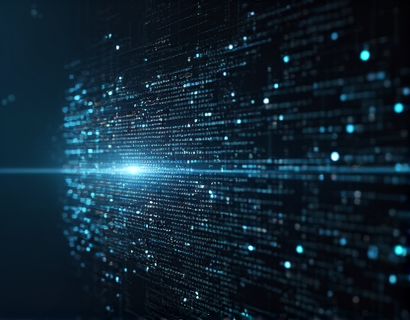Revolutionize Your Aquaponics Business with Advanced Management Software
In the rapidly evolving world of sustainable agriculture, aquaponics stands out as a promising method that combines fish farming and hydroponics to create a closed-loop ecosystem. This innovative approach not only maximizes space and resource efficiency but also produces high-quality, fresh food with minimal environmental impact. However, managing an aquaponics system effectively requires meticulous monitoring and control of various parameters to ensure the health and productivity of both fish and plants. Advanced management software is emerging as a game-changer in this sector, offering tools that streamline operations, boost productivity, and enhance sustainability. This article delves into how such software can transform your aquaponics business, providing a comprehensive look at the benefits, features, and future potential of these technological advancements.
Understanding the Challenges of Aquaponics Management
Aquaponics systems, while highly efficient, are complex and require a delicate balance of water quality, temperature, pH levels, and nutrient concentrations. Managing these factors manually can be time-consuming and prone to errors, potentially leading to system failures and crop losses. The primary challenges include:
- Monitoring multiple parameters in real-time
- Maintaining optimal conditions for both fish and plants
- Ensuring consistent water quality
- Minimizing resource waste
- Adapting to changing environmental conditions
These challenges highlight the need for a robust and intelligent management system that can automate monitoring, provide actionable insights, and facilitate proactive decision-making. Advanced management software addresses these issues by offering a comprehensive suite of tools designed to optimize every aspect of aquaponics operations.
Key Features of Advanced Management Software
Advanced management software for aquaponics is equipped with a range of features that cater to the specific needs of aquaponics farmers. These features are designed to simplify complex tasks, enhance system performance, and promote sustainable practices. Some of the key features include:
Real-Time Monitoring and Control
One of the most critical aspects of aquaponics management is the continuous monitoring of system parameters. Advanced software provides real-time data on water quality, temperature, pH, dissolved oxygen, and nutrient levels. This data is collected from sensors placed throughout the system and displayed on a user-friendly dashboard. Farmers can monitor these parameters remotely, receive alerts for any deviations, and make adjustments as needed to maintain optimal conditions.
Additionally, the software allows for manual and automated control of various system components such as pumps, filters, and aerators. This ensures that the system operates efficiently and consistently, reducing the risk of human error and system failures.
Data Analysis and Reporting
Data is the backbone of any modern farming operation, and aquaponics is no exception. Advanced management software includes powerful data analysis tools that help farmers understand trends, identify issues, and make informed decisions. The software can generate detailed reports on system performance, resource usage, and crop yields. These reports can be customized to focus on specific aspects of the operation, such as water quality over time or nutrient consumption patterns.
By analyzing this data, farmers can optimize their practices, reduce waste, and improve overall productivity. For example, identifying periods of high nutrient usage can lead to more efficient feeding schedules for fish, while monitoring pH levels can help in adjusting chemical dosages more accurately.
Integration with Other Systems
Modern aquaponics systems often integrate with other technologies such as climate control, lighting, and automation systems. Advanced management software can seamlessly integrate with these components, creating a cohesive and automated environment. This integration allows for synchronized control of multiple systems, ensuring that all aspects of the operation work together harmoniously.
For instance, the software can adjust lighting schedules based on the growth stage of the plants and the light requirements of the fish. It can also coordinate with climate control systems to maintain optimal temperature and humidity levels, further enhancing the health and productivity of the ecosystem.
Sustainability and Resource Management
Sustainability is a core principle of aquaponics, and advanced management software plays a crucial role in promoting environmentally friendly practices. By optimizing resource usage, the software helps reduce water and energy consumption, minimize waste, and lower the carbon footprint of the operation.
One of the most significant benefits is the precise control over water usage. Aquaponics systems already use significantly less water than traditional farming methods, but advanced software can further enhance this efficiency by detecting leaks, optimizing water circulation, and recycling water more effectively. This not only conserves water but also reduces the need for frequent water changes, which can be costly and time-consuming.
Energy management is another area where the software excels. By monitoring and controlling energy-intensive components such as pumps and aerators, the software can ensure that they operate only when necessary and at optimal efficiency. This can lead to substantial energy savings and lower operational costs.
Enhanced Decision-Making and Problem Solving
With access to real-time data and comprehensive analytics, farmers can make more informed decisions and respond quickly to any issues that arise. The software provides insights that help in troubleshooting problems before they escalate, reducing downtime and maintaining system stability.
For example, if the software detects a sudden drop in dissolved oxygen levels, it can alert the farmer and suggest possible causes, such as overstocking or malfunctioning aerators. This immediate notification allows for prompt action, preventing potential losses. Similarly, trends in water quality data can indicate the need for maintenance or adjustments to the biological filter, ensuring that the system remains healthy and efficient.
User-Friendly Interface and Accessibility
Despite its advanced capabilities, the software is designed to be user-friendly and accessible to farmers of all technical backgrounds. The intuitive interface guides users through the setup process and provides clear instructions for managing the system. This ensures that even those new to technology can effectively utilize the software to enhance their aquaponics operation.
Additionally, the software can be accessed from anywhere via a web-based platform or mobile app, allowing farmers to monitor and control their systems remotely. This flexibility is particularly valuable for those who may not be on-site constantly, providing peace of mind and ensuring that the system is always under watch.
Case Studies and Success Stories
To better understand the impact of advanced management software on aquaponics businesses, let's look at a few success stories:
One notable example is a medium-sized aquaponics farm in the Midwest that implemented a comprehensive management software solution. Prior to the implementation, the farm faced challenges with inconsistent water quality and manual monitoring, leading to occasional crop failures. After integrating the software, the farm saw a significant improvement in system stability and crop yields. The real-time monitoring and automated controls reduced the frequency of manual interventions by 70%, allowing the farm to focus on expansion and diversification of crops.
Another case is a small-scale urban aquaponics operation in a densely populated city. The farm used the software to optimize space and resource usage, fitting the system into a limited area while maximizing productivity. The data-driven approach enabled the farmer to adjust feeding schedules and nutrient dosages precisely, resulting in healthier fish and faster-growing plants. The farm's sustainability goals were met, and the business became a model for urban agriculture in the community.
Future Trends and Innovations
The integration of advanced management software in aquaponics is just the beginning. As technology continues to evolve, we can expect several exciting developments in the field:
- Artificial Intelligence and Machine Learning: AI can analyze vast amounts of data to predict system behavior, optimize operations, and even automate decision-making processes. Machine learning algorithms can adapt to changing conditions and improve system performance over time.
- Internet of Things (IoT): The expansion of IoT devices will enable even more precise monitoring and control, with sensors and actuators communicating seamlessly to maintain optimal conditions.
- Blockchain for Traceability: Blockchain technology can be used to create transparent and traceable supply chains, ensuring the authenticity and quality of aquaponics products.
- Integration with Smart Home Systems: As smart home technology becomes more prevalent, aquaponics systems can integrate with these platforms, allowing for even greater convenience and control.
These innovations promise to further enhance the efficiency, sustainability, and profitability of aquaponics businesses, making the practice more accessible and attractive to a wider audience.
Conclusion
Advanced management software is revolutionizing the aquaponics industry by providing tools that streamline operations, boost productivity, and enhance sustainability. By leveraging real-time monitoring, data analysis, and integrated systems, farmers can achieve a thriving ecosystem that produces healthy fish and plants while minimizing environmental impact. As the technology continues to evolve, the future of aquaponics looks brighter and more promising than ever. Embracing these advancements is not just a choice but a necessity for those looking to succeed in the sustainable agriculture movement.




